FOR AGES 7 YEARS TO 11 YEARS
Image © _chupacabra_ under a creative commons licence.
Kidadl's blooming marvellous guide to flower anatomy and the pollination process is the perfect resource to complement Key Stage 2 (KS2) curriculum learning about the parts of a flower and their functions.
Let's not beat around the bush; flowers are absolutely amazing. There are up to 400,000 species of flowering plants around the world and, whilst they come in all sorts of shapes, sizes, colours and scents, most flowers are made up of the same parts.
Flowers are the pretty, colourful, fragrant part of a plant. They look beautiful and smell amazing, but flowers are also an incredibly important part of plants. It is the flower that produces the seeds from which new plants grow. For new plants to grow from a flower's seeds, a process called pollination needs to take place.
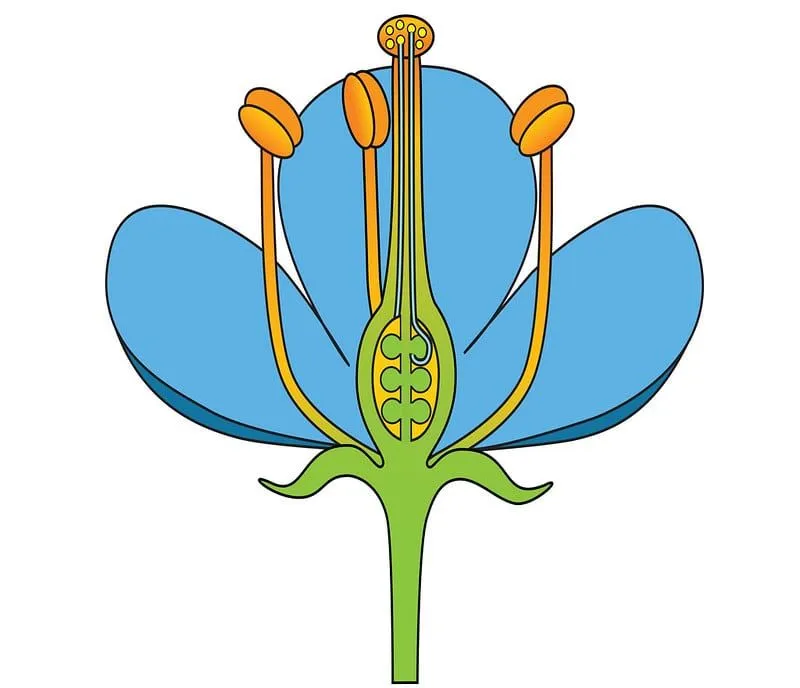
Image © Dreamy Girl under a creative commons licence.
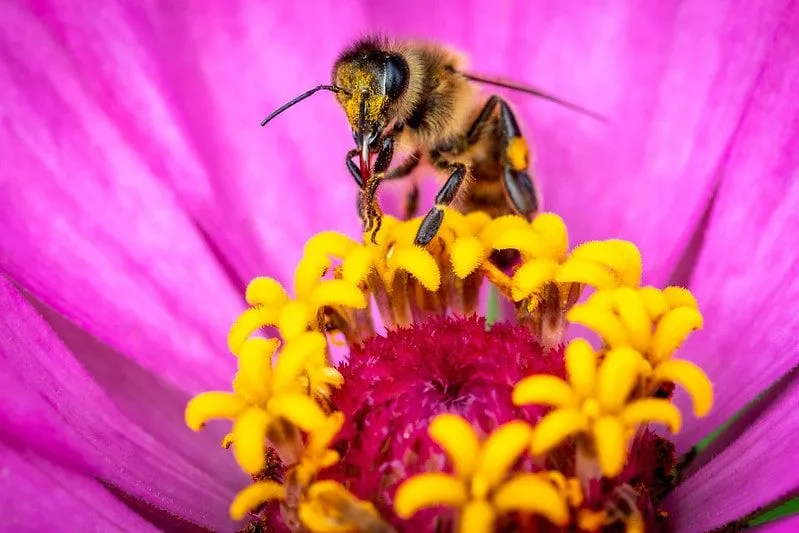
Image © Visual Intermezzo under a creative commons licence.
Pollination is the process that enables flowering plants to reproduce. For pollination to occur, pollen from the male part of a flower needs to be moved to the female part of a flower. Once this has happened, the plant will be able to produce seeds, and these seeds will be able to grow into new flowering plants. Pollen is moved by bees and other insects, by birds, by bats, and by the wind. The flower uses its petals to attract insects and animals to the pollen.
The diagram below shows the role of pollination in the life-cycle of a flowering plant:
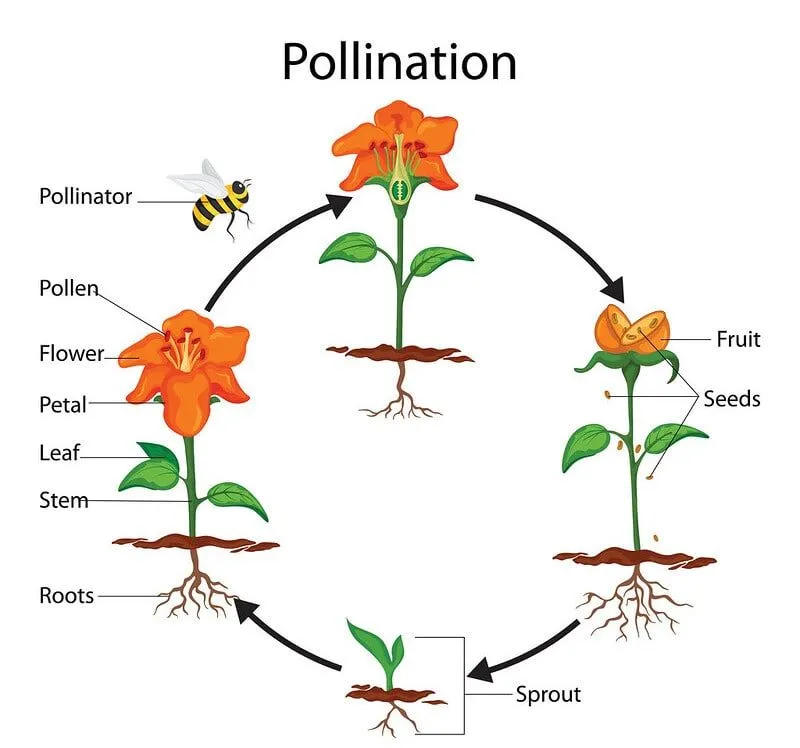
Image © vecton under a creative commons licence.
Every flower has its own shape and style, but most are made up of the same six parts. You can see each of these parts on this labelled diagram of a flower.
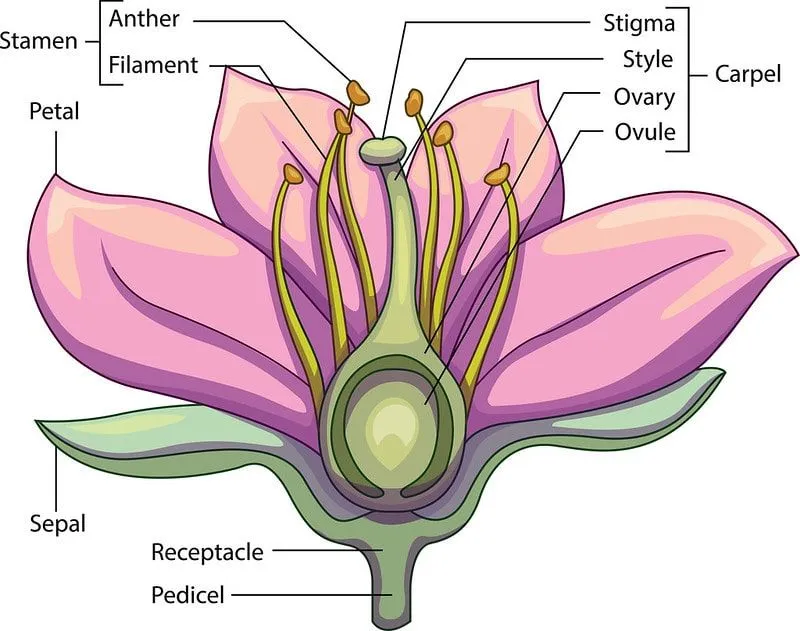
Image © MariLee under a creative commons licence.
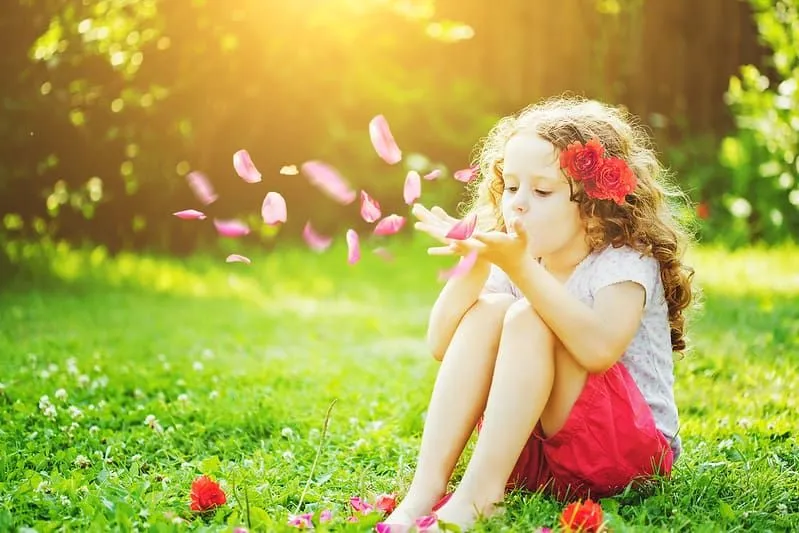
Image © ulkas under a creative commons licence.
The bright colours and wonderful scents of petals are used to attract insects and animals to the flower so that pollination can take place. Some petals even have lines or spots that help to guide insects towards the pollen.
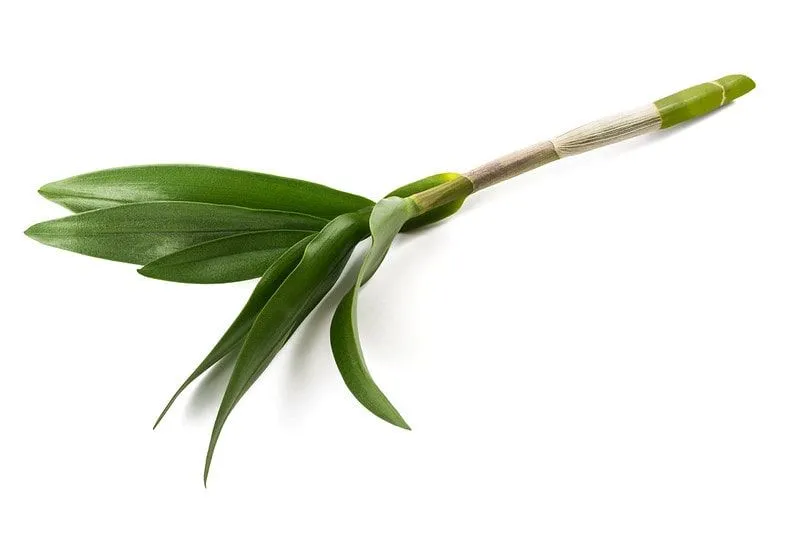
Image © Scisetti Alfio under a creative commons licence.
Sepals are little green leaf-like parts of a flowering plant that sit underneath the petals to support and protect them.
The function of the receptacle, which can be found at the top of the stem, is to attach all the parts of the flower together.

Image © epovdima under a creative commons licence.
The stem of a flower is called the pedicel. It functions both to hold the flower up, and also to transfer food and water from the roots to the other parts of the flower.
The other two parts of a flowering plant - the parts that make pollination and reproduction possible - are found on the inside of the flower, and are known as the male and female parts. The male part of a flowering plant is called the stamen and the female part is called the carpel. When labelling a flower, the term "pistil" can be used to refer to one or more carpels.
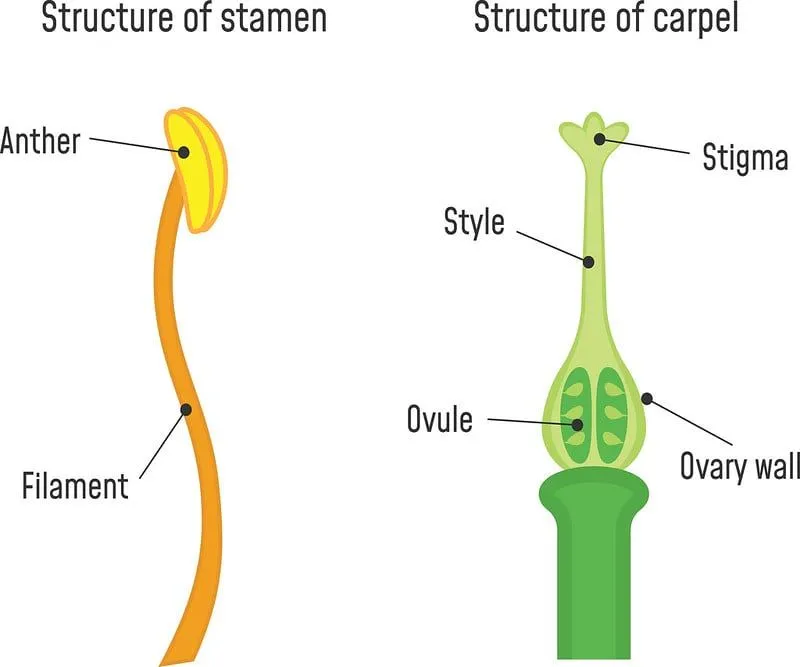
Image © fancytapis under a creative commons licence.
The stamen is the part of the flower that produces pollen. It has two parts: the anther and the filament.
The anther is a tiny round sac of pollen, usually bright yellow or bright orange in colour. The anther sits on top of the filament, which is a long stalk that supports the anther and attaches the stamen to the stem of the flower.
The carpel is the part of the plant that collects the pollen and produces seeds for reproduction. The carpel has four parts: the stigma, style, ovary and ovule.
At the top of the carpel, the stigma catches and collects pollen. The stigma is supported by the style; a long tube that connects to the ovary. Inside the ovary are seeds, known as ovules.
Once the ovules of a stigma plant have been fertilised by pollen in the ovary, they are ready to become new flowering plants.
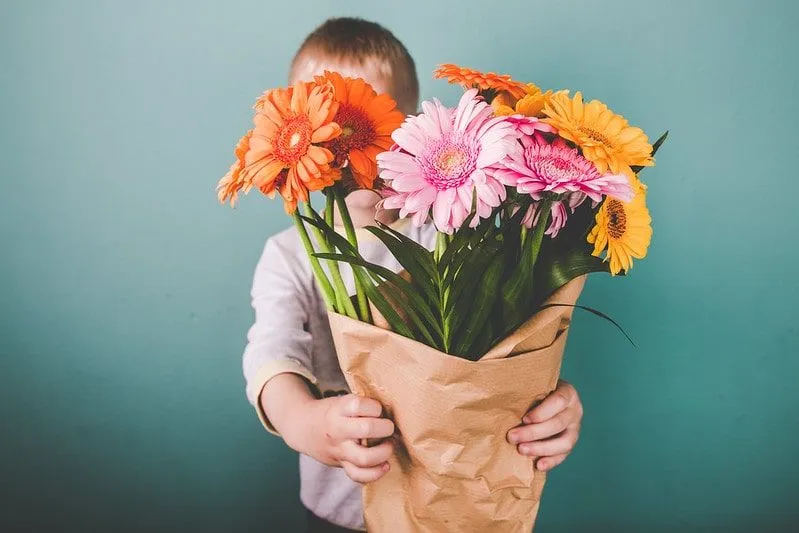
Image © ajlatan under a creative commons licence.
1) In seventeenth-century Holland, tulips were more valuable than gold.
2) Broccoli is actually an edible flower.
3) The most popular flowers in the UK include roses, lilies, daffodils, sunflowers and carnations.
4) The Rafflesia arnoldii is the biggest flower in the world; it can grow to over 100 cm in diameter and get to weights of over 10kg.
5) Lots of different insects need the pollen from flowering plants in order to survive, including bees, butterflies, and moths.
Read The Disclaimer
At Kidadl we pride ourselves on offering families original ideas to make the most of time spent together at home or out and about, wherever you are in the world. We strive to recommend the very best things that are suggested by our community and are things we would do ourselves - our aim is to be the trusted friend to parents.
We try our very best, but cannot guarantee perfection. We will always aim to give you accurate information at the date of publication - however, information does change, so it’s important you do your own research, double-check and make the decision that is right for your family.
Kidadl provides inspiration to entertain and educate your children. We recognise that not all activities and ideas are appropriate and suitable for all children and families or in all circumstances. Our recommended activities are based on age but these are a guide. We recommend that these ideas are used as inspiration, that ideas are undertaken with appropriate adult supervision, and that each adult uses their own discretion and knowledge of their children to consider the safety and suitability.
Kidadl cannot accept liability for the execution of these ideas, and parental supervision is advised at all times, as safety is paramount. Anyone using the information provided by Kidadl does so at their own risk and we can not accept liability if things go wrong.
Kidadl is independent and to make our service free to you the reader we are supported by advertising.
We hope you love our recommendations for products and services! What we suggest is selected independently by the Kidadl team. If you purchase using the buy now button we may earn a small commission. This does not influence our choices. Please note: prices are correct and items are available at the time the article was published.
Kidadl has a number of affiliate partners that we work with including Amazon. Please note that Kidadl is a participant in the Amazon Services LLC Associates Program, an affiliate advertising program designed to provide a means for sites to earn advertising fees by advertising and linking to amazon.
We also link to other websites, but are not responsible for their content.
Was this article helpful?
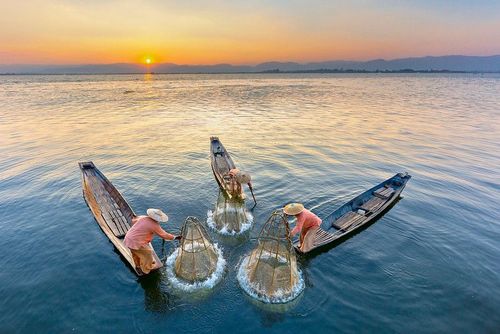


Browse Category



We’ll send you tons of inspiration to help you find a hidden gem in your local area or plan a big day out.



Check your inbox for your latest news from us. You have subscribed to:
Remember that you can always manage your preferences or unsubscribe through the link at the foot of each newsletter.